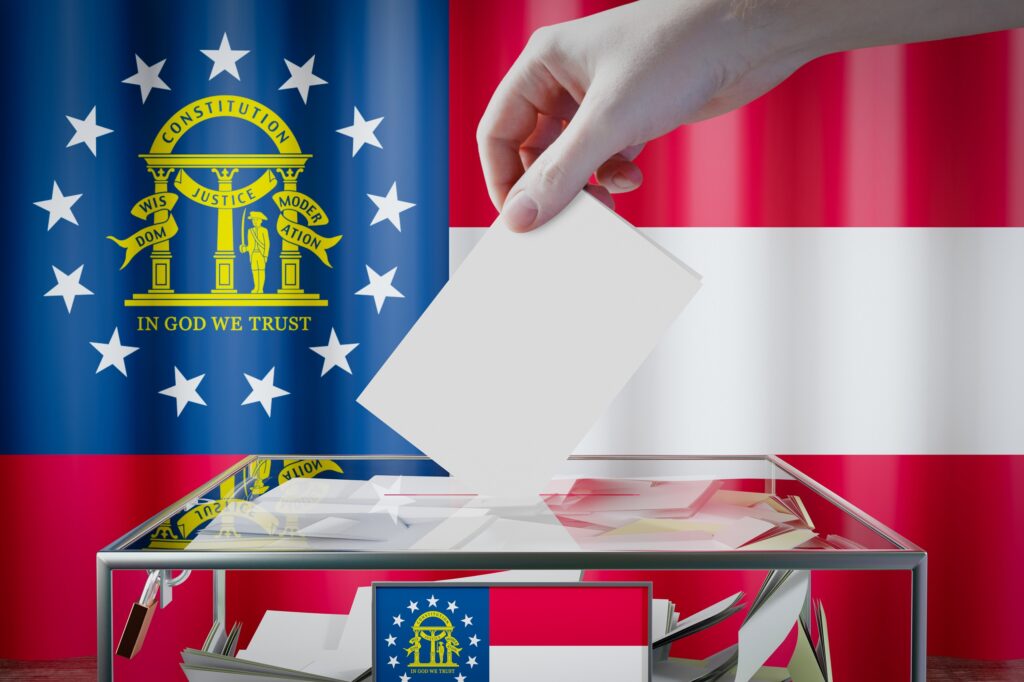Codifying Net Neutrality through bipartisan legislation
Author
Press Release
“Oh what a tangled web…”: Solutions to the fight over Net Neutrality
Introduction
In the realm of telecom policy, no debate has been as heated and intractable over the past decade as the fight over Net Neutrality. The lingering debate over the issue in the United States has generated substantial regulatory uncertainty, which ultimately harms American consumers in the form of reduced investment, higher prices, and less innovation among broadband providers and throughout the Internet ecosystem. Without federal legislation, the Federal Communications Commission (FCC), Federal Trade Commission (FTC) and states will continue to wrestle with each other and implement various forms of Net Neutrality. This will create an even more fractious and uncertain regulatory environment.
For these reasons, it is up to Congress to avoid this outcome by codifying Net Neutrality into law, which will require members of both political parties to agree upon a bipartisan compromise. Fortunately, there is a lot of middle ground between the FCC’s 2015 Open Internet order and its more recent 2017 Restoring Internet Freedom order, so members of Congress have several compromise proposals to consider when crafting the necessary bipartisan legislation. Accordingly, the present study first identifies the issues and terms of the debate, and then outlines three potential compromise proposals that could resolve it once and for all.










